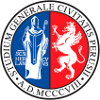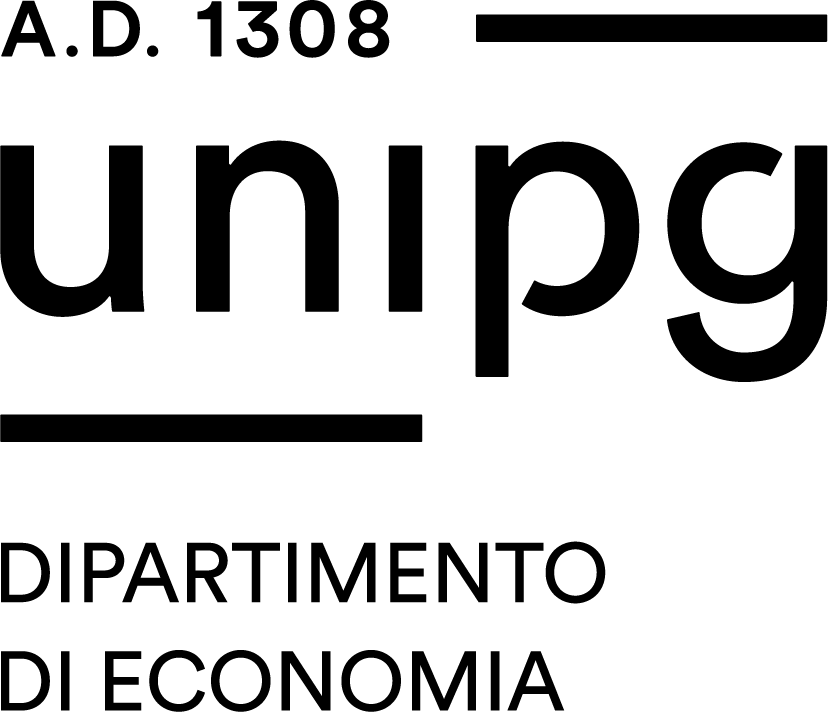Study-unit REMOTE SENSING AND EM DIAGNOSTICS
| Course name | Electronic engineering for the internet-of-things |
|---|---|
| Study-unit Code | 70A00104 |
| Curriculum | Consumer and aerospace iot |
| Lecturer | Stefania Bonafoni |
| Lecturers |
|
| Hours |
|
| CFU | 9 |
| Course Regulation | Coorte 2023 |
| Supplied | 2024/25 |
| Supplied other course regulation | |
| Learning activities | Caratterizzante |
| Area | Ingegneria elettronica |
| Sector | ING-INF/02 |
| Type of study-unit | Obbligatorio (Required) |
| Type of learning activities | Attività formativa monodisciplinare |
| Language of instruction | Italian |
| Contents | Remote sensing systems: sensors and fundamentals (interaction mechanisms between electromagnetic waves and media). Applications (monitoring of atmosphere and of Earth surface in the visible, infrared and microwave spectrum). Basics of machine learning for the remote sensing data processing. |
| Reference texts | Slides of the teacher in English. Supplementary books: Tecniche e Strumenti per il Telerilevamento Ambientale, voll. I e II, Monografie Scientifiche del C.N.R., Roma, 2000-2001. F. Ulaby, R. Moore, A. Fung, Microwave Remote Sensing, voll. 1-3, Artech House, 1981-1986. |
| Educational objectives | This course represents an applicative teaching of Electromagnetics (em) and examines the study of the environmental remote sensing with em sensors. The main purpose of the course is to provide an understanding of the interaction mechanisms between electromagnetic waves and environment, for the monitoring of the Earth environment. The main knowledge acquired will be: • Basics elements of the em remote sensing • Knowledge of the sensors, active and passive, for the remote sensing in the visible, infrared and microwave spectrum. • Basics elements for the processing of remotely sensed data and images The main competence will be: • ability to choose the best sensors for each specific application • ability to use the basic software/programs to process remotely sensed data and images |
| Prerequisites | Basics of Electromagnetics are necessary for the understanding of the Course. The knowledge of the basic phenomena of the interaction between em waves-media (reflection, refraction, transmission, absorption) represents a fundamental requirement to follow this course with profit. A basic knowledge of Matlab is useful. |
| Teaching methods | Course Organization: -Lectures (lecture hall) on all subjects of the course; lectures also comprise application exercises for the computation of parameters in remote sensing applications. |
| Other information | Attendance: strongly recommended |
| Learning verification modality | The exam consists of an oral test of about 45 minutes long aiming to ascertain the knowledge level and the understanding capability of theoretical/methodological contents and the capability to solve practical and applicative problems analyzed within the Course. The oral exam will also assess the student communication, exposure and language skills. |
| Extended program | Remote sensing and Remote Sensing systems: description and applications. Spectral, radiometric, spatial and temporal requirements. Sensors: active (radar) and passive (radiometers). Image formation with ground-based, aerial and satellite-based sensors. The electromagnetic (em) spectrum. Em radiation and interaction with natural media: absorption and emission. Planck law: black-body radiation, real body, emissivity. Em radiation and interaction with media: reflection, refraction, scattering. Applications (sky and sea color). Solar radiation and applications. Emissive and reflective spectrum. Sensors in the visible and reflective infrared: theory and applications. Sensors in the thermal infrared: theory and applications. Sensors in the microwaves: theory and applications. Microwave radiometry for the remote sensing of the atmosphere and Earth surface. Remote sensing and em diagnostic applications: -Global Positioning System (GPS) and atmospheric applications. -Urban heat island and albedo. -Microwave imaging -X-ray and microwave tomography -Monitoring of fires -Monitoring of volcanic ash Remote sensing data processing and machine learning: -regressions -neural networks |
| Obiettivi Agenda 2030 per lo sviluppo sostenibile |


